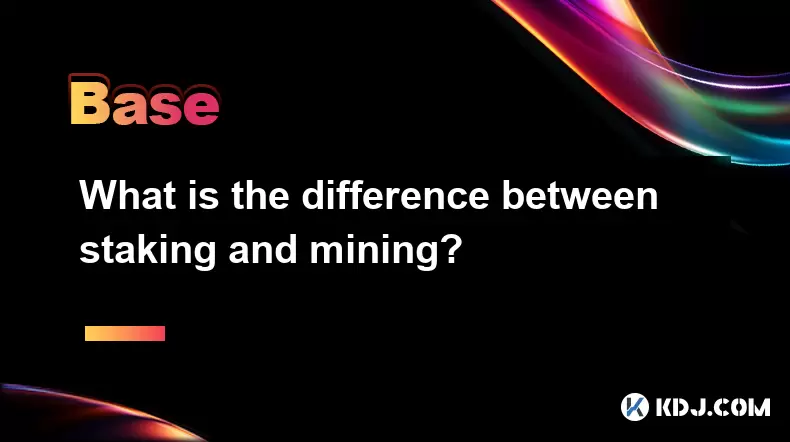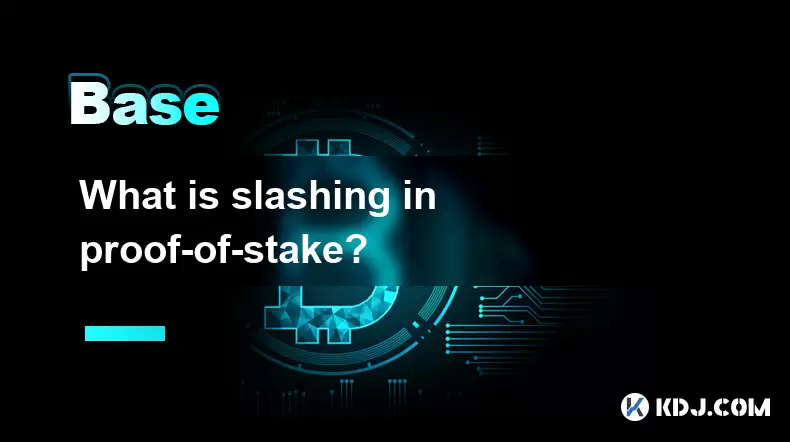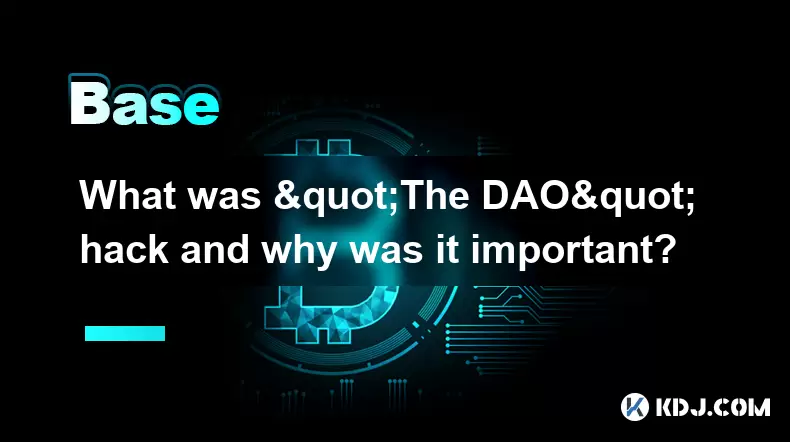-
 Bitcoin
Bitcoin $118100
-0.04% -
 Ethereum
Ethereum $3613
1.77% -
 XRP
XRP $3.442
-0.26% -
 Tether USDt
Tether USDt $1.000
-0.01% -
 BNB
BNB $737.9
1.57% -
 Solana
Solana $178.9
1.27% -
 USDC
USDC $0.9998
-0.01% -
 Dogecoin
Dogecoin $0.2537
4.74% -
 TRON
TRON $0.3185
-2.14% -
 Cardano
Cardano $0.8371
2.09% -
 Hyperliquid
Hyperliquid $44.91
-0.12% -
 Stellar
Stellar $0.4653
0.58% -
 Sui
Sui $3.864
3.04% -
 Chainlink
Chainlink $18.47
2.85% -
 Hedera
Hedera $0.2699
3.22% -
 Bitcoin Cash
Bitcoin Cash $521.6
1.41% -
 Avalanche
Avalanche $24.55
4.79% -
 Shiba Inu
Shiba Inu $0.00001508
2.40% -
 Litecoin
Litecoin $111.6
10.31% -
 UNUS SED LEO
UNUS SED LEO $9.003
0.31% -
 Toncoin
Toncoin $3.191
0.49% -
 Polkadot
Polkadot $4.398
4.55% -
 Uniswap
Uniswap $10.25
2.96% -
 Monero
Monero $327.1
2.44% -
 Ethena USDe
Ethena USDe $1.001
-0.03% -
 Bitget Token
Bitget Token $4.970
1.52% -
 Pepe
Pepe $0.00001356
4.51% -
 Dai
Dai $0.0000
0.00% -
 Aave
Aave $321.1
0.17% -
 Bittensor
Bittensor $416.3
1.67%
What is the difference between staking and mining?
Staking and mining are two methods to earn crypto rewards, with staking being more energy-efficient and accessible, while mining requires significant hardware and energy investments.
Jul 20, 2025 at 04:49 am

Understanding the Basics of Staking and Mining
In the world of cryptocurrency, staking and mining are two popular methods of participating in blockchain networks and earning rewards. Both processes are used to validate transactions and maintain the security of the network. However, they operate on different consensus mechanisms. Mining is associated with Proof of Work (PoW) blockchains, while staking is used in Proof of Stake (PoS) systems. Understanding these mechanisms is essential for anyone looking to engage in network validation or earn passive income through crypto.
How Mining Works in Proof of Work Blockchains
Mining involves solving complex mathematical puzzles using computational power. Miners compete to validate new blocks of transactions by finding a specific hash that meets the network's difficulty target. The first miner to solve the puzzle gets the right to add the block to the blockchain and receives a reward in the form of newly minted coins and transaction fees.
- Mining requires significant hardware investment, such as ASICs or GPUs.
- High energy consumption is a major concern for miners.
- Mining pools are often used to combine computing power and increase chances of earning rewards.
- Security is maintained through the computational effort required to alter the blockchain.
This method is used by older blockchains like Bitcoin and was previously used by Ethereum before its transition to PoS.
What Staking Entails in Proof of Stake Systems
Staking is the process of locking up cryptocurrency to support the operations of a PoS blockchain. Validators are chosen to create new blocks based on the amount of crypto they have staked and other factors like random selection or coin age. Stakers are rewarded with transaction fees or newly minted coins for their contribution.
- Staking requires holding a minimum amount of coins, which varies by network.
- Validators must run a node and maintain uptime to avoid penalties.
- Rewards are distributed proportionally to the amount staked.
- Slashing can occur if a validator acts maliciously or fails to perform duties.
Staking is more energy-efficient than mining and is used by networks like Ethereum 2.0, Cardano, and Solana.
Key Differences Between Staking and Mining
The main difference between staking and mining lies in how consensus is achieved and how validators are selected. While mining relies on computational power, staking depends on the amount of cryptocurrency held and locked by a participant.
- Energy consumption is much higher in mining than in staking.
- Hardware requirements are minimal for staking but significant for mining.
- Accessibility is greater in staking since anyone with the minimum required coins can participate.
- Security models differ: PoW uses hashing power to secure the network, while PoS relies on economic incentives and penalties.
These differences make each method suitable for different types of users and networks.
Choosing Between Staking and Mining
When deciding whether to stake or mine, several factors should be considered. These include initial investment, ongoing costs, technical expertise, and risk tolerance.
- Miners need to invest in hardware, pay for electricity, and manage heat and noise.
- Stakers must keep their funds locked and may face penalties if they fail to meet network requirements.
- Market volatility can affect the profitability of both methods.
- Network upgrades can change the rules, making one method more favorable than the other.
For example, after Ethereum's shift to PoS, mining ETH became obsolete, and staking became the only way to earn rewards on the network.
Frequently Asked Questions
Q: Can I unstake my coins anytime?
Most networks have a cooldown period before staked coins can be withdrawn. This period varies from a few hours to several days, depending on the protocol.
Q: Is mining still profitable in 2025?
Profitability depends on electricity costs, hardware efficiency, and coin price. Mining Bitcoin or Ethereum is no longer viable for individuals due to high competition and energy demands.
Q: Do I need technical knowledge to stake?
While some platforms offer user-friendly staking services, running your own validator node requires technical skills, including server management and software configuration.
Q: Can I lose money staking?
Yes, through slashing penalties or market price drops. If the value of the staked asset decreases significantly, the overall value of your holdings may decline even if you earn staking rewards.
Disclaimer:info@kdj.com
The information provided is not trading advice. kdj.com does not assume any responsibility for any investments made based on the information provided in this article. Cryptocurrencies are highly volatile and it is highly recommended that you invest with caution after thorough research!
If you believe that the content used on this website infringes your copyright, please contact us immediately (info@kdj.com) and we will delete it promptly.
- WLFI Token Trading Approved: From Trump Ties to Community Votes
- 2025-07-20 09:10:12
- CoinDCX's $44.2 Million Security Breach: A Wake-Up Call for Crypto Exchanges
- 2025-07-20 08:30:13
- Trump, WLFI, and Token Release: A New York Minute on Crypto
- 2025-07-20 08:30:13
- Ripple's RLUSD: The Bluechip Stablecoin Set to Disrupt the Market?
- 2025-07-20 08:50:11
- Bitcoin Price Action: Is Weakening Demand on the Horizon?
- 2025-07-20 08:50:11
- Ripple's RLUSD: Top-Ranked Stablecoin Shaking Up the Market
- 2025-07-20 08:55:12
Related knowledge

What is the Inter-Blockchain Communication Protocol (IBC)?
Jul 19,2025 at 10:43am
Understanding the Inter-Blockchain Communication Protocol (IBC)The Inter-Blockchain Communication Protocol (IBC) is a cross-chain communication protoc...

How does sharding improve scalability?
Jul 20,2025 at 01:21am
Understanding Sharding in BlockchainSharding is a database partitioning technique that is increasingly being adopted in blockchain technology to enhan...

What is the "crypto trilemma" of scalability, security, and decentralization?
Jul 19,2025 at 06:28pm
Understanding the Concept of the Crypto TrilemmaThe crypto trilemma refers to the challenge of simultaneously achieving scalability, security, and dec...

How to get a job in crypto?
Jul 20,2025 at 08:14am
Understanding the Crypto Industry LandscapeThe cryptocurrency industry is a rapidly evolving space that includes blockchain technology, decentralized ...

What is slashing in proof-of-stake?
Jul 20,2025 at 06:07am
Understanding Slashing in Proof-of-StakeIn a Proof-of-Stake (PoS) blockchain network, slashing refers to the penalty mechanism used to deter validator...

What was "The DAO" hack and why was it important?
Jul 19,2025 at 09:08pm
Background of 'The DAO''The DAO' (Decentralized Autonomous Organization) was a venture capital fund built on the Ethereum blockchain, launched in Apri...

What is the Inter-Blockchain Communication Protocol (IBC)?
Jul 19,2025 at 10:43am
Understanding the Inter-Blockchain Communication Protocol (IBC)The Inter-Blockchain Communication Protocol (IBC) is a cross-chain communication protoc...

How does sharding improve scalability?
Jul 20,2025 at 01:21am
Understanding Sharding in BlockchainSharding is a database partitioning technique that is increasingly being adopted in blockchain technology to enhan...

What is the "crypto trilemma" of scalability, security, and decentralization?
Jul 19,2025 at 06:28pm
Understanding the Concept of the Crypto TrilemmaThe crypto trilemma refers to the challenge of simultaneously achieving scalability, security, and dec...

How to get a job in crypto?
Jul 20,2025 at 08:14am
Understanding the Crypto Industry LandscapeThe cryptocurrency industry is a rapidly evolving space that includes blockchain technology, decentralized ...

What is slashing in proof-of-stake?
Jul 20,2025 at 06:07am
Understanding Slashing in Proof-of-StakeIn a Proof-of-Stake (PoS) blockchain network, slashing refers to the penalty mechanism used to deter validator...

What was "The DAO" hack and why was it important?
Jul 19,2025 at 09:08pm
Background of 'The DAO''The DAO' (Decentralized Autonomous Organization) was a venture capital fund built on the Ethereum blockchain, launched in Apri...
See all articles

























































































